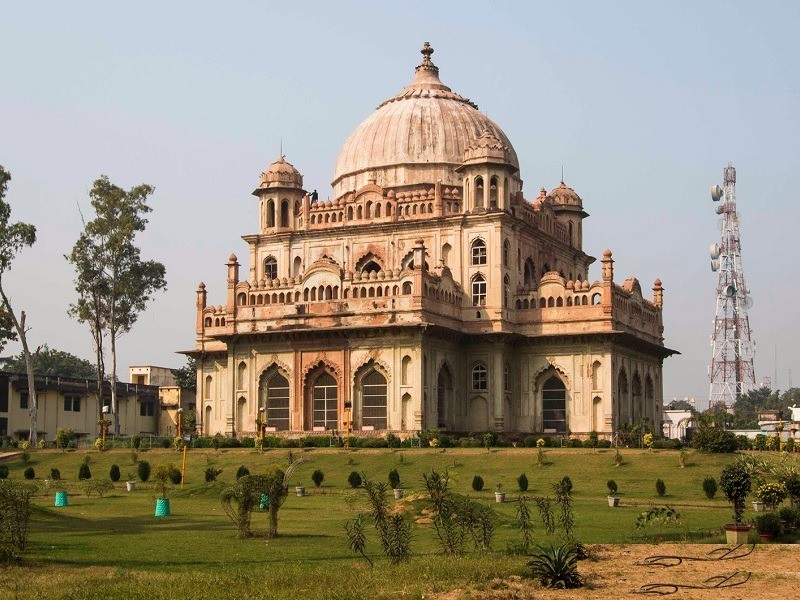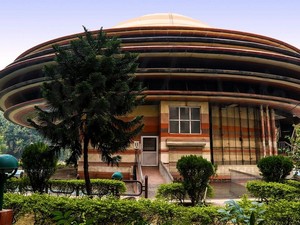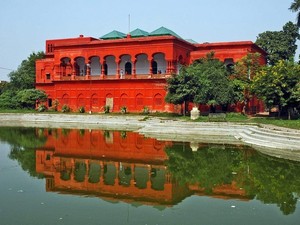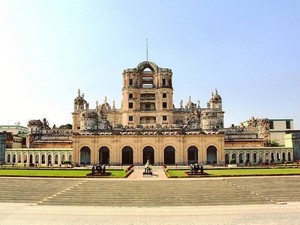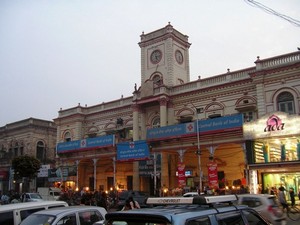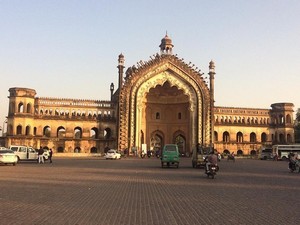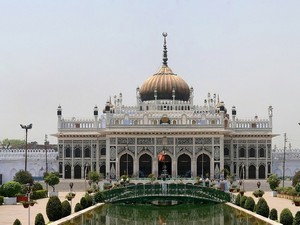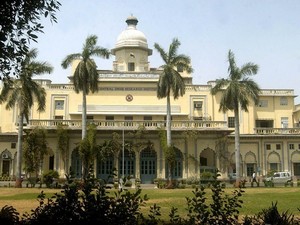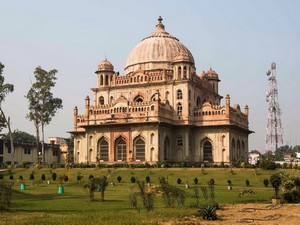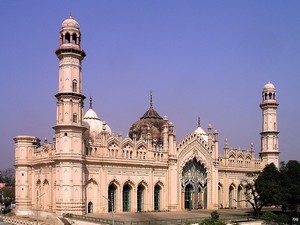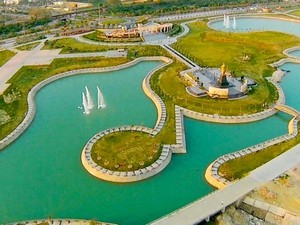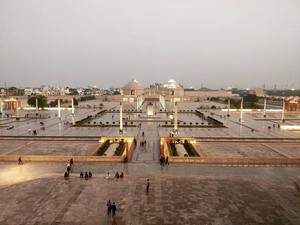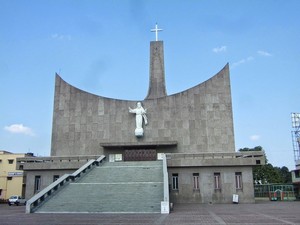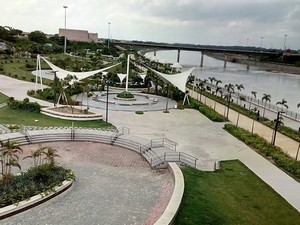Maqbara / Tomb Of Saadat Ali Khan, Lucknow - Timings, History, Architecture, Best Time to Visit
 #19 of 31 Places to Visit in Lucknow
#19 of 31 Places to Visit in Lucknow
 Distance (From Lucknow Junction Railway Station): 3.5 Kms
Distance (From Lucknow Junction Railway Station): 3.5 Kms
 Trip Duration (Including Travel): 30 Mins - 1 Hr
Trip Duration (Including Travel): 30 Mins - 1 Hr
 Place Location: In The Qaiser Bagh Locality
Place Location: In The Qaiser Bagh Locality
 Transportation Options: Bus / Cab / Auto
Transportation Options: Bus / Cab / Auto
 Travel Tips: None
Travel Tips: None
At a distance of 3.5 km from Lucknow Junction, the Maqbara Saadat Ali Khan is a mausoleum located in the Qaiser Bagh locality of Lucknow. Situated near Begum Hazrat Mahal Park, it is one of the popular heritage places to visit as part of Lucknow holiday packages.
Maqbara Saadat Ali Khan is the tomb of Nawab Saadat Ali Khan, who was the fifth nawab wazir of Oudh. It was built by Saadat Ali Khan's son Nawab Ghazi-ud-Din Haider in the year 1814 after demolishing his own residence in Khas Bazar, now known as Qaiserbagh to gift his father a grand edifice. Ghazi-ud-Din Haidar proclaimed that since he had succeeded his father and took his place, his father should take his place and rest in a mausoleum where his home once stood. Thus, Ghaziuddin Haidar moved to Chhattar Manzil Palace, where his father had lived, and ruled from there.
Renowned for its brilliant artistry, Nawab Saadat Ali Khan's Maqbara is built in the Indo-Islamic style of architecture. The walls of the facade have fine stucco work done on them. Hosting an iconic central dome, there is a hall with rectangular verandahs over the four sides that carry arched doorways. The floor inside the tomb is covered with black and white marble, which is rather rare for this part of India, due to the scarce marble resources and its extremely high price. The verandahs over the southern and eastern sides have graves of the daughters and wives of Saadat Ali Khan.
The tomb of Nawab Saadat Ali Khan's beloved wife Begum Khursheed Zadi lies adjacent to his Maqbara. The construction of the maqbara of Murshid Zadi (often called Khursheed Zadi) had started when Nawab Saadat Ali Khan was alive but was completed by Nawab Ghazi-ud-Din Haider in 1824, ten years after her husband's maqbara was built. Although its dome is not as big as that of Saadat Ali Khan's maqbara, it is equally impressive and rich in ornamentation.
When the Revolt of 1857 broke out, the twin mausoleums were fortified by the Indian soldiers, and cannons were hauled all the way up to the terrace of the maqbaras. On 16th March 1858, 16 soldiers of Sir Henry Havelock were killed by shelling from the maqbara as they were proceeding towards the Residency. The soldiers were buried on a piece of land between the two mausoleums.
Timings: 5 AM - 8 PM
Entry: Free



